It’s August, but summer’s not over yet!
With a little planning, your gardening season is far from over. So, enjoy your time in the garden this month, and don’t start worrying about it being over.
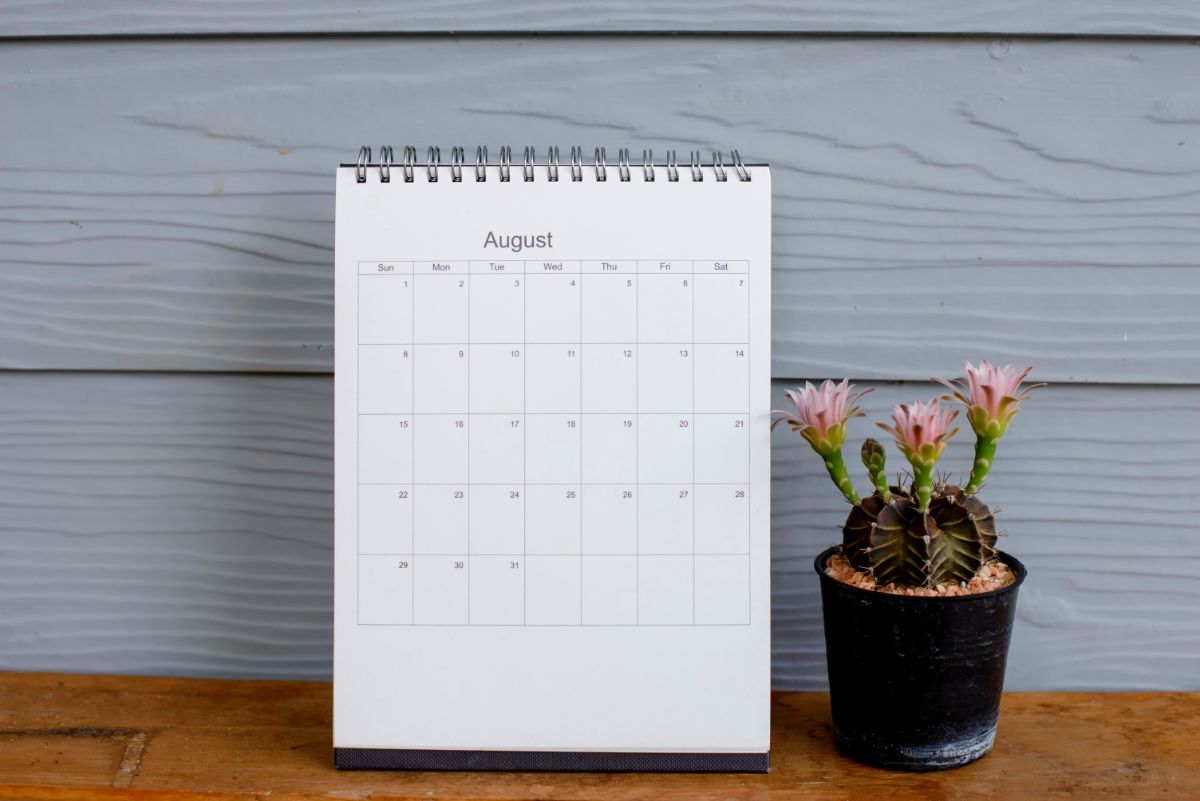
There are still some great things coming and some things to do to ensure your continued success and enjoyment.
What are some of those things?
Let’s look at the
Ten Top Things Smart Gardeners Do in August
Jump to:
- 1. Plant a “Fall” Garden.
- 2. Switch your focus to harvesting.
- 3. Promptly preserve your abundance.
- 4. Keep up with bugs.
- 5. Don’t stop the disease watch.
- 6. Work the waterworks.
- 7. Cure harvest items for storage.
- 8. Order fall bulbs for planting.
- 9. Plan fall perennial planting.
- 10. Reevaluate your yard and gardens.
- The Best Gardening is Yet to Come
1. Plant a “Fall” Garden.
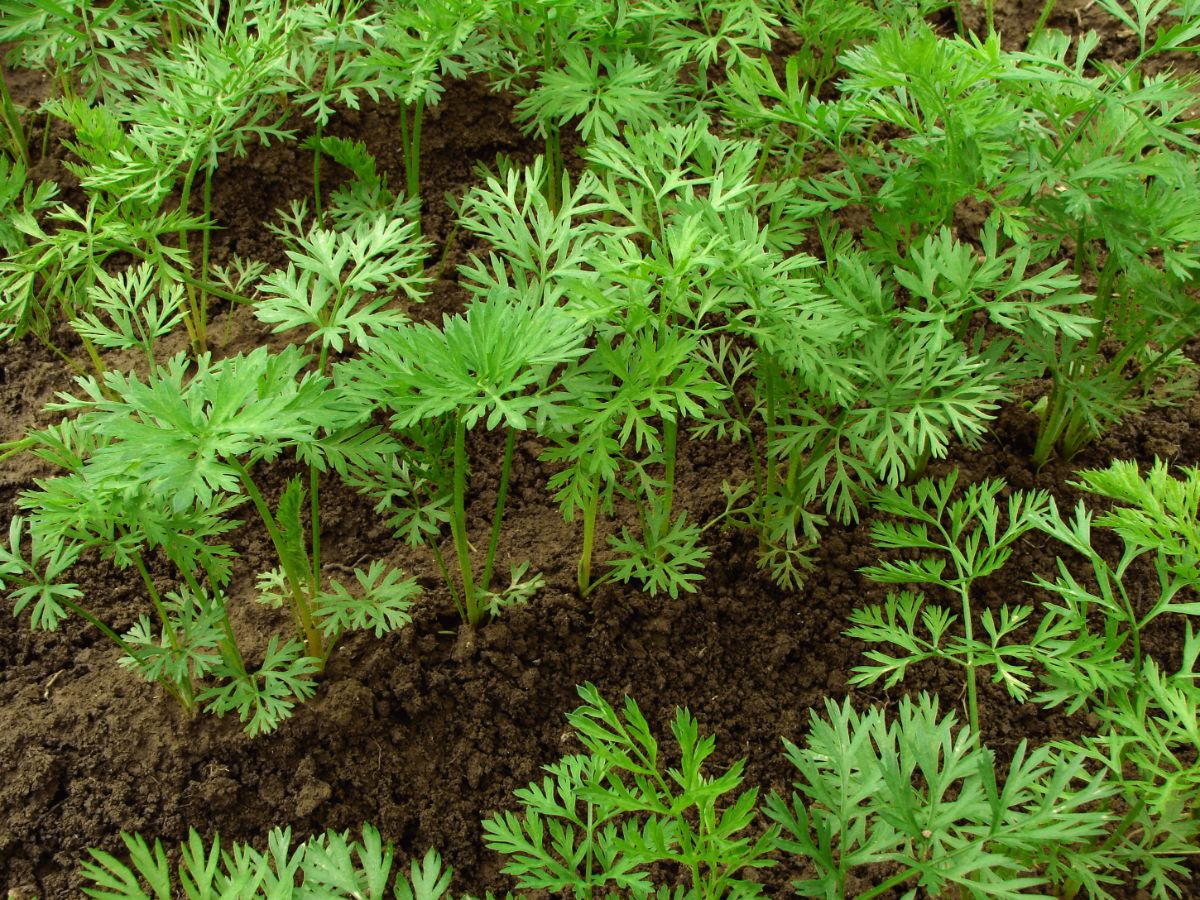
The term “Fall Garden” doesn’t refer to when you plant it; it refers to when you’ll harvest it. The right time to plant a fall garden in the middle zones and lower is in August. Higher zones may need to wait until September until the worst heat and dry season are over.
Fall gardens should focus on crops that grow to harvest in shorter spans of time—from the 30- to 60-day mark. Focus on crops that can take a little cool weather and still grow and on crops that survive and thrive through light to moderate frosts. This is not the time to plant things that need long growing periods to mature because you won’t get them there in time. Skip the tomatoes, peppers, squashes, melons, corn, and cucumbers.
Good Fall Garden crops include most root vegetables—beets, radishes, carrots; cool weather-loving greens—spinach, lettuces; cole crops—broccoli, cabbage, cauliflower, kale; and don’t forget to plant a second round of peas—they love the cool temperatures and have a much better flavor when ripening in cool weather.
Keep in mind that even these crops can take longer to grow out to harvest size than they did in the spring and summer. Days are getting shorter, which means fewer daylight hours. Temperatures are declining, too. This means that the rate of growth will slow, so give your fall garden crops some extra time.
2. Switch your focus to harvesting.
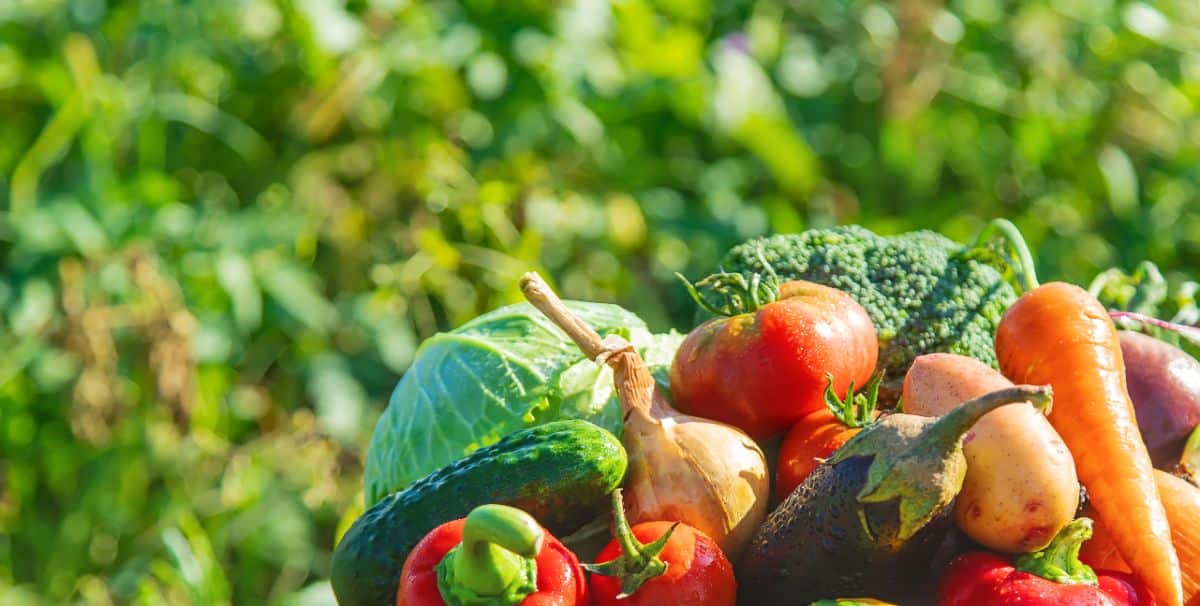
For the first part of the gardening year, the focus is heavily on planting, weeding, and maintaining. These things are still important in August—throughout your garden year, in fact—but you should not focus so heavily on them that you neglect to harvest, using, and preserving at prime times.
By now, your plants will be large and well-established. They can compete with a little weed pressure quite well. Don’t spend all your time trying to make your garden look perfect and never get anything out of it. Put on your weed blinders, give your garden good, basic maintenance and attention, and bring in the harvest!
3. Promptly preserve your abundance.
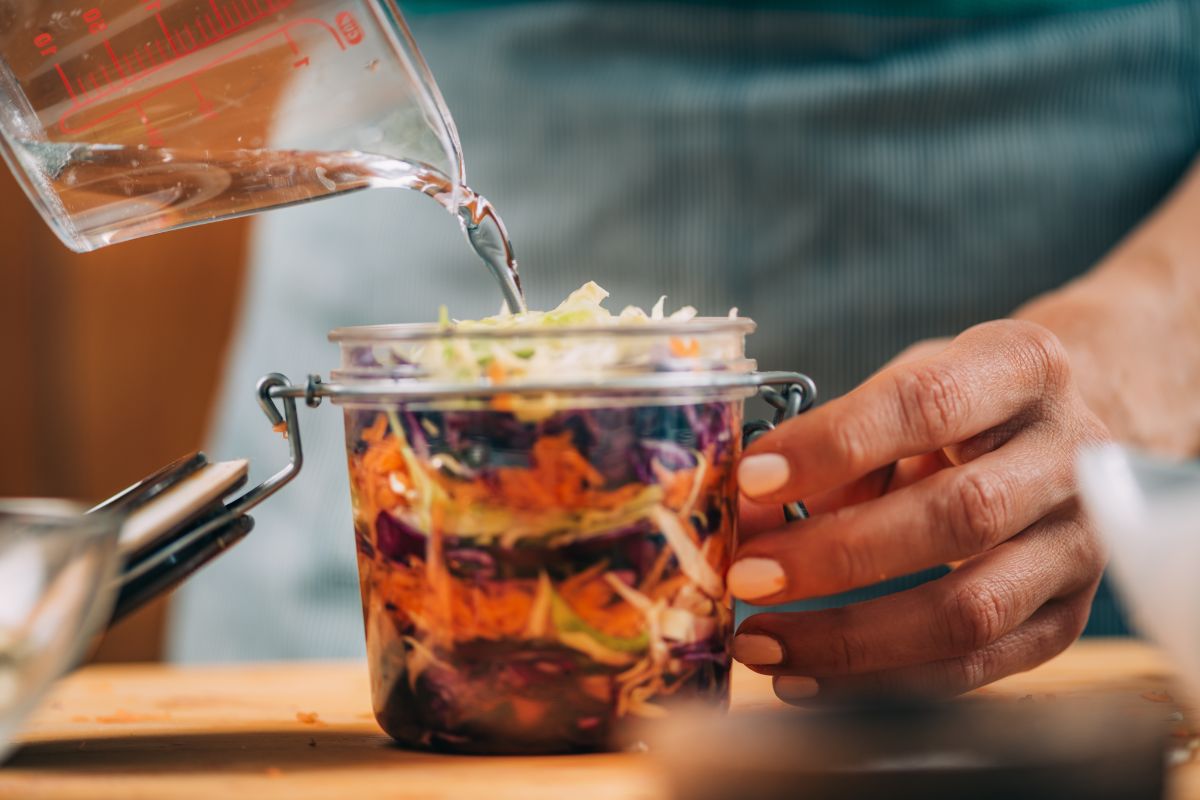
The highest level of quality and nutrition for fresh vegetables is right after they are picked. The sooner you process and preserve the foods that you are preserving for winter, the better they will be. They will have the best flavor and the best level of nutrition. Do your best to get your vegetables prepped and preserved—whether you freeze your vegetables, dry them, or can them—within 24 to 48 hours of harvesting.
Pressed for time? Let’s be honest—life is busy, and gardens don’t always cooperate with our schedules. Sometimes things just have to be picked in the middle of the week, and you don’t have time to put them up. And that’s okay.
Yes, it is true that you want to preserve your vegetables as soon as possible. But if possible is a few days away, cut yourself some slack. Bag your harvest, refrigerate it (right way—true whether you are processing in one day or four), and process it when you can.
Think of it this way—the vegetables you buy in the store (maybe even your local farmer’s market), weren’t picked today. The vegetables you buy “fresh” in the dead of winter are days or weeks old. Modern refrigeration is a fabulous thing that buys you some time when you need it. You will still be preserving one of the highest quality and most nutritious foods available to you.
4. Keep up with bugs.

August is no time to slack on the bug watch. Yes, a lot of garden insects will have already appeared by now, and many may even be waning—especially if you’ve been diligent in dealing with them. However, many pests will have multiple generations in a gardening season.
If you dealt with harmful insects early on, you may have greatly reduced their number and their ability to produce more generations. It is likely that a few may have escaped your net, though. Keep an eye out for remaining pests and continue to deal with them. You’ll do your remaining garden season and your fall garden a favor. You will also reduce the number of parents that will be left to lay overwintering eggs or to go dormant to reemerge next spring.
5. Don’t stop the disease watch.
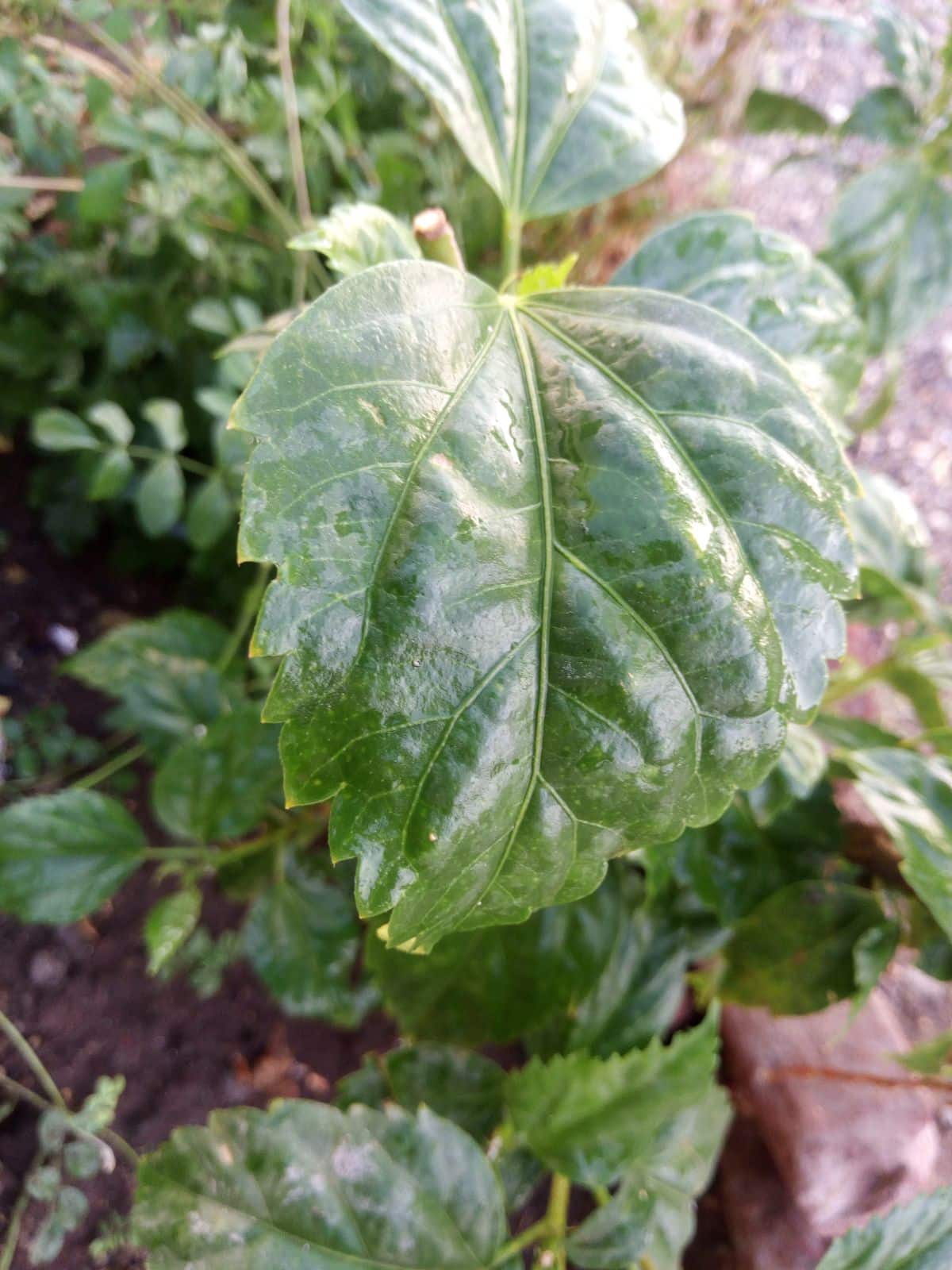
The same goes for the disease watch. It is not uncommon to get all the way to August with a beautiful thriving garden, think you’re on an easy street, and then have disease hit. July and August tend to be very humid months. Add to that the fact that August is one of the hottest months and that you may need to be watering your garden more.
All of these things can set the stage for molds and fungal diseases. Insects like to spread them, too. There are also some diseases, like late blight, that take their time and don’t strike until later in the season.
The moral of the story is?
Don’t get lax on disease-spotting. If you start to see signs of garden disease, deal with them right off. Healthy, established plants can continue to thrive and produce even with a bit of illness, but if it gets out of hand, even the best of plants can fall, victim, just when your harvest was ready to come in.
6. Work the waterworks.
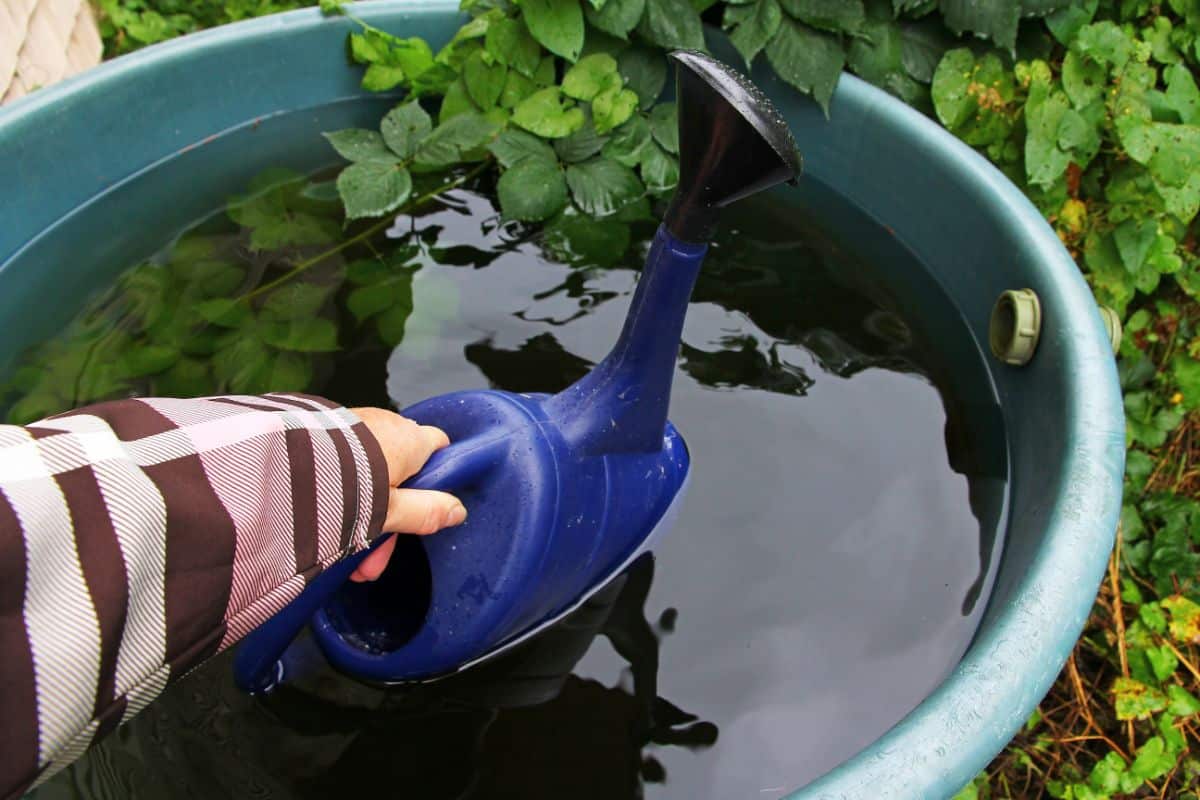
As mentioned, August can, for many of us, be the month we need to water most. The temps are higher, the ground is drier, spring thaws and winter groundwater reserves have been used up, and your plants are larger than ever and asking for more and more water so they can set and grow their fruit. August is not the time to stop the water watch.
Unfortunately, if it is a dry year, August can also be the month when water supplies can be taxed. This is true for good owners, but it is especially true for gardeners who have municipal water supplies. If you have city or town water, it may not be up to you when and how much you can water.
If water is limited, you’ll need to manage it more carefully. There are some things you can do.
First, prioritize use. Obviously, drinking and household water comes first. Then, if you have to choose between your yard and gardens, water your vegetable garden first. After all—it is feeding you. It is also more vulnerable than landscape plants. Put ornamentals to the bottom of the list.
Do what you can to limit consumption—both inside and outside the home. Reuse rinse water for watering when rinsing dirty vegetables (and any other water that does not contain soaps or chemicals that would be harmful to your plants). Collect rainwater. Water early to reduce evaporation.
And always, respect and work with any bans that your town might have if you are on a municipal supply.
7. Cure harvest items for storage.
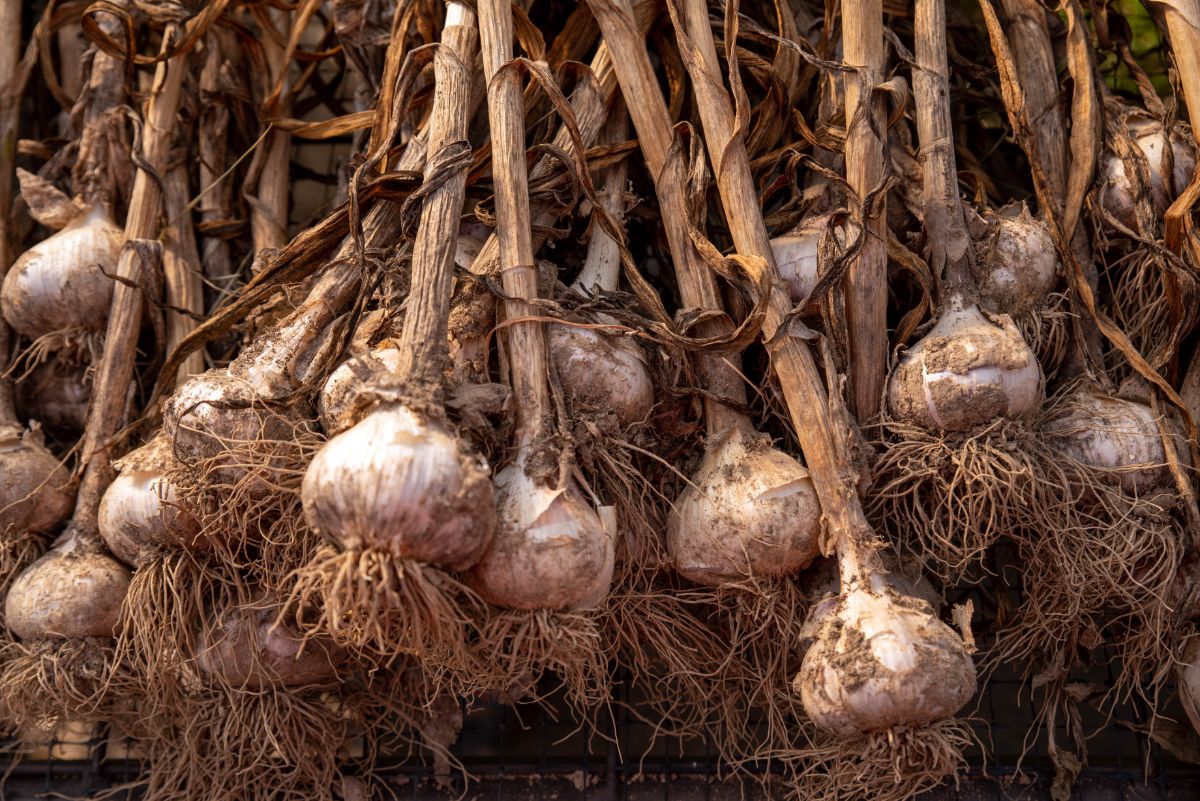
For those crops that will be stored in their natural state—in other words, those that do not need to be processed to be preserved—be sure to prepare them and cure them according to their needs. In August, the most likely crops you'll be dry storing are things like garlic and onions. These need to be cleaned, hung and cured before being put away for the coming months.
Towards the end of the month and into the fall, you’ll start bringing in winter squash and root crops. These, too, will need to be cleaned, prepped, and stored, and winter squash should be cured to harden the skins for long-term storage.
While it can be tempting to skip these steps, don’t. Curing will greatly lengthen the life of your harvested crops and will keep them from rotting in storage—and from rotting your other harvested produce.
8. Order fall bulbs for planting.
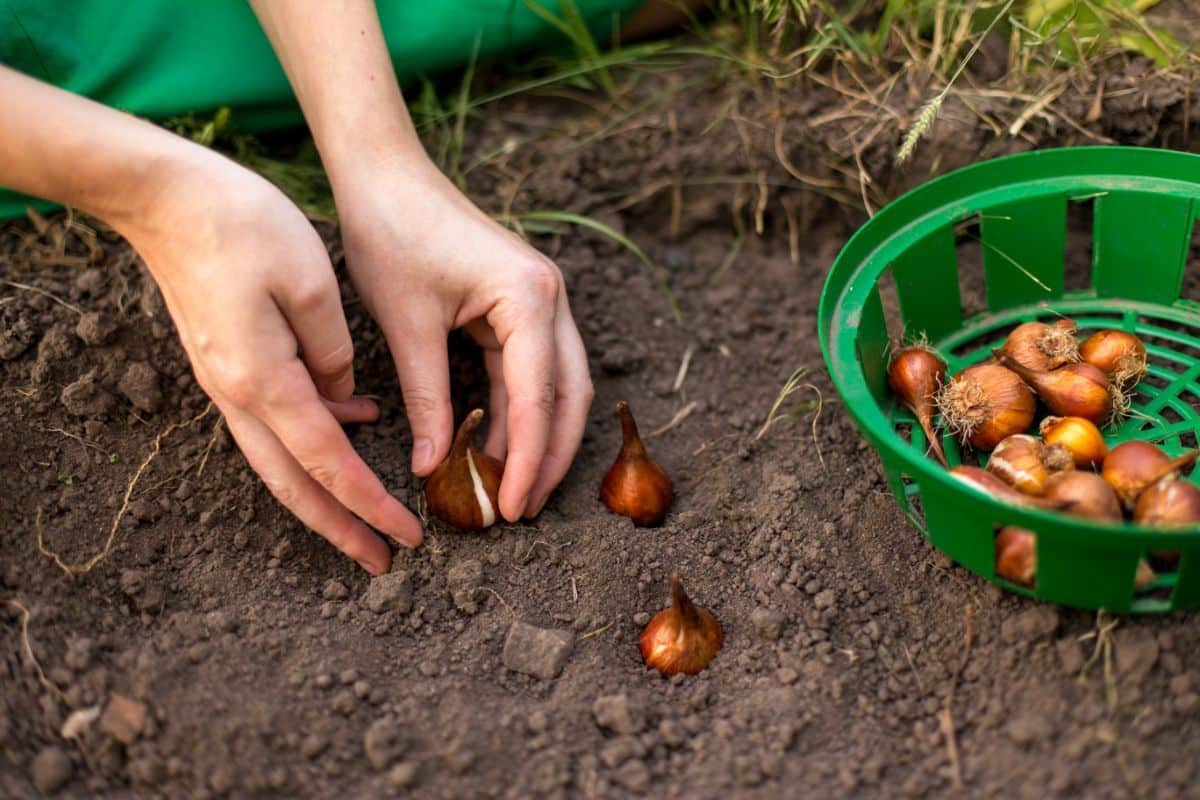
Does it seem too early to be thinking about planting fall bulbs for next spring’s flowers, onions, and garlic? Yes, it might, but the best and most popular bulbs sell out fast. If you wait too long, your options will be limited at best and unavailable at worst.
Garlic, in particular, has been a fast sellout in the past few years. Don’t put it off. Order now. Your grower may ship immediately, or they may wait until closer to planting time in your location. Either way, you want to claim yours. If your fall bulbs are shipped before you need them, open the package immediately and then store them in a cool place according to the grower’s instructions.
If these crops are important to you, don’t risk not having the seed stock you need. Order this month (the earlier, the better).
9. Plan fall perennial planting.
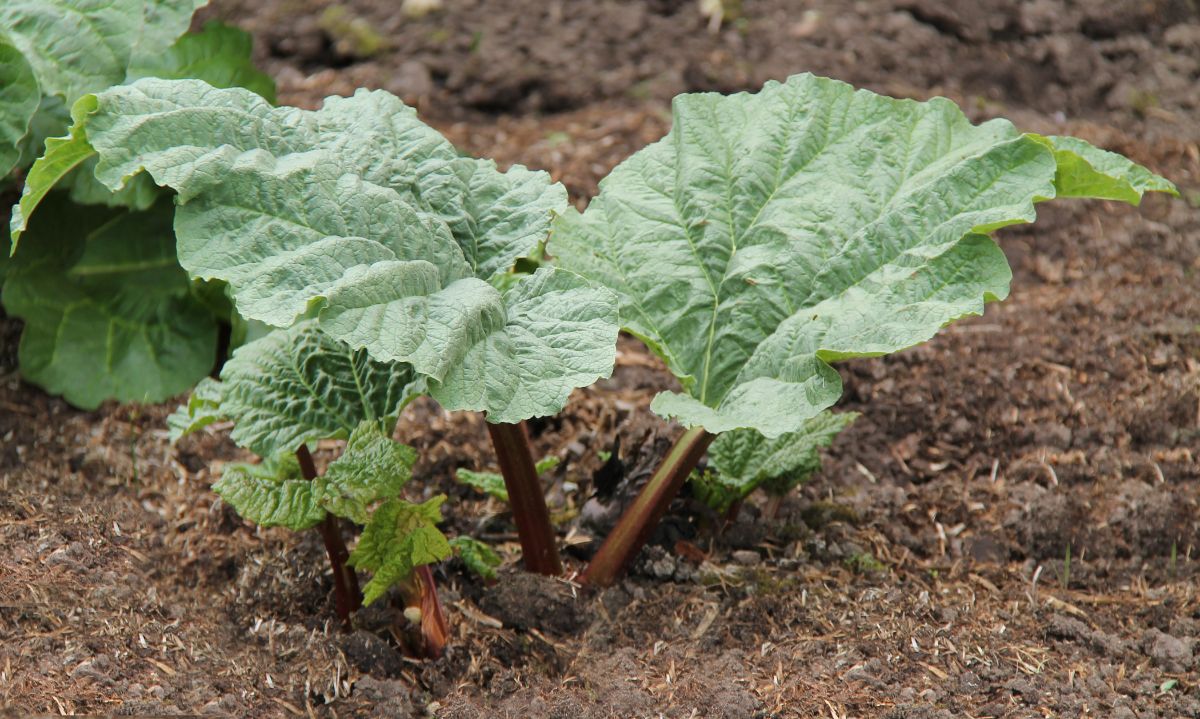
September and October are not far away, and these are great months for planting some perennials. These may be purely ornamental for your enjoyment, or they may be food-producing perennial crops like rhubarb, garlic, asparagus, fruit trees, berry bushes, strawberries, and many more.
Fall is the best time of year to plant many of these perennials because they won’t be stressed for water as they get going, and they’ll be ready and in the ground, gaining valuable grow time in the spring before you would even be able to plant them. Indeed, some of these crops (like garlic) will not produce well at all if they are not planted in the fall. Planting in the fall can give many perennial food plants a year’s jump on spring-planted plants.
10. Reevaluate your yard and gardens.
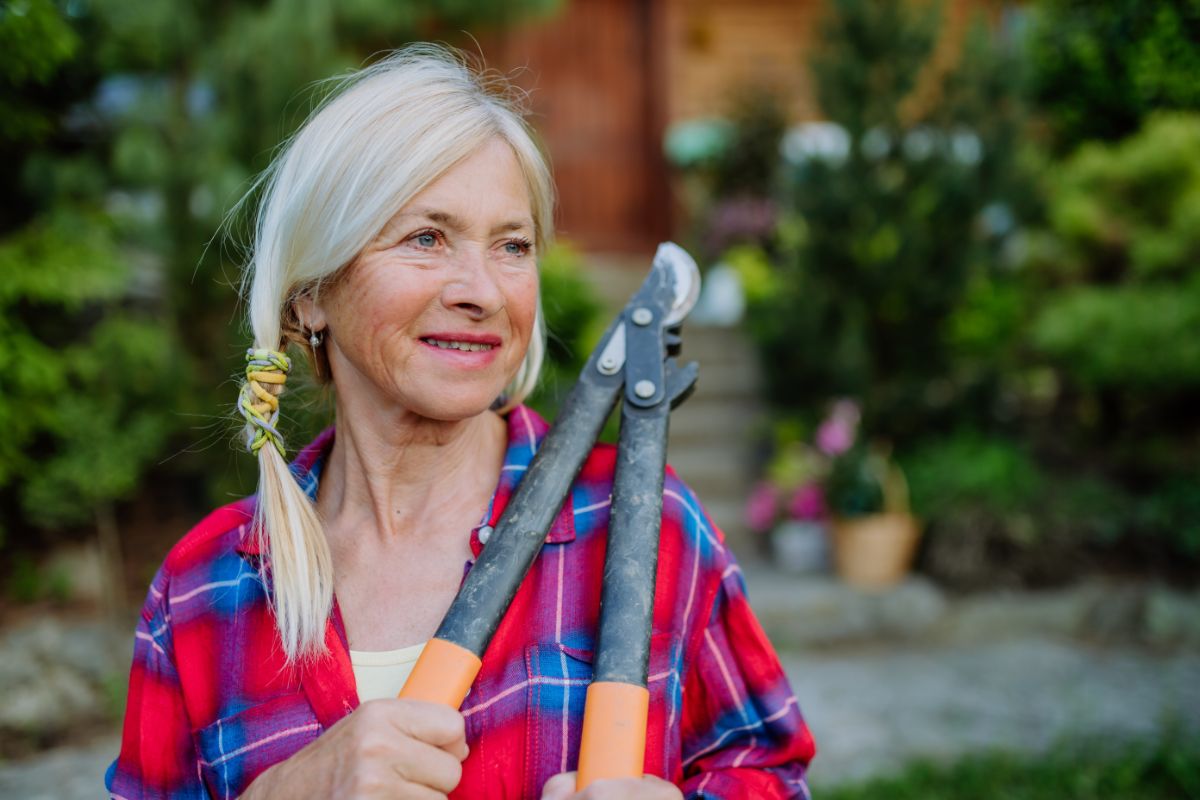
August is a good time to start reevaluating your yard, landscape, and gardens. In August, you are in the thick of your yard and garden activity. You know what is and isn’t working. You know what you do and do not have time for. You can see the spots that are slipping, and you can see where you need to refocus your priorities.
This doesn’t necessarily mean you start focusing on those spaces that are seeing neglect. It may mean that you decide those spaces are needed or that you need to make improvements to them that make them easier to maintain (for example, more low-maintenance perennials or perennials that double as food-producers.
There are lots of ways that you can tweak and change your yard and gardens to make them something that works better for you. August is a very good time to start thinking about how you can do just that.
The Best Gardening is Yet to Come
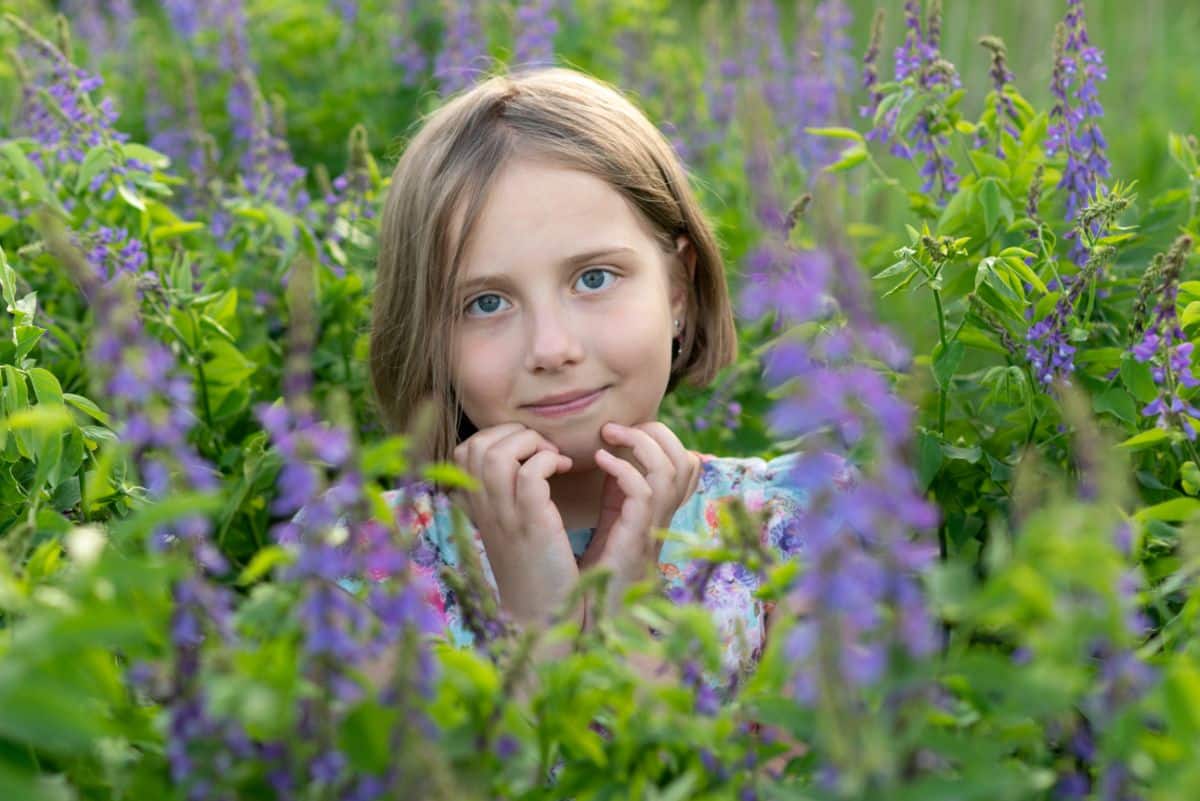
August may be the unofficial end to summer for many of us, but it is far from being the end of the gardening season. Much of your summer garden may be yet to come in. Planting a fall garden will give you a great round two—one that is often easier to work and that may not be plagued by the pests and diseases of summer.
August is a time to enjoy our gardens in earnest. Take stock in what you have accomplished. Take pride in what you’ve grown and provided for yourself and your family. Soak up the sun and its warmth, and enjoy this last month of long, sunny days. And then look forward to cooler days and good gardening days still ahead.
Happy Gardening!

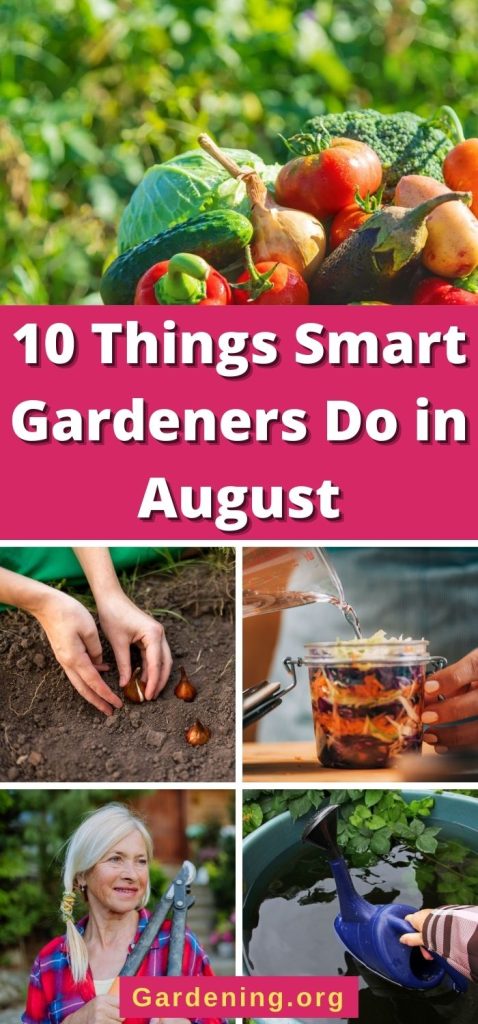







Linda
Fabulous article thank you for sharing
Sharon
Thank you for the informative information for us garden growers, it's been a busy harvest and you do forget to think about the cool- weather plants that may have not done any good in the early season, just start again and see how they do since the weather will eventually change to cool... I'm going to replant my peas!!
Mary Nolan
Please advice me, on a self sowing garden ,suitable for an aging couple
Mary Ward
You will be limited by what seed can or cannot survive the winter where you live. I would start with flowers and wildflowers that are known to go to seed and self-sow. Cosmos will often do that; cone flowers do, too. Focus on things that spread by themselves with little help. For vegetables, greens like spinach and lettuce would be your best bet. The difficult part is sorting out what are self-seeded plants that you want to keep and what are weeds.
Aleta Aschwege
Can I root a Angel wing begonia from a cutting?
Mary Ward
Yes it should work. You really have nothing to lose by trying, but a lot potentially to gain!